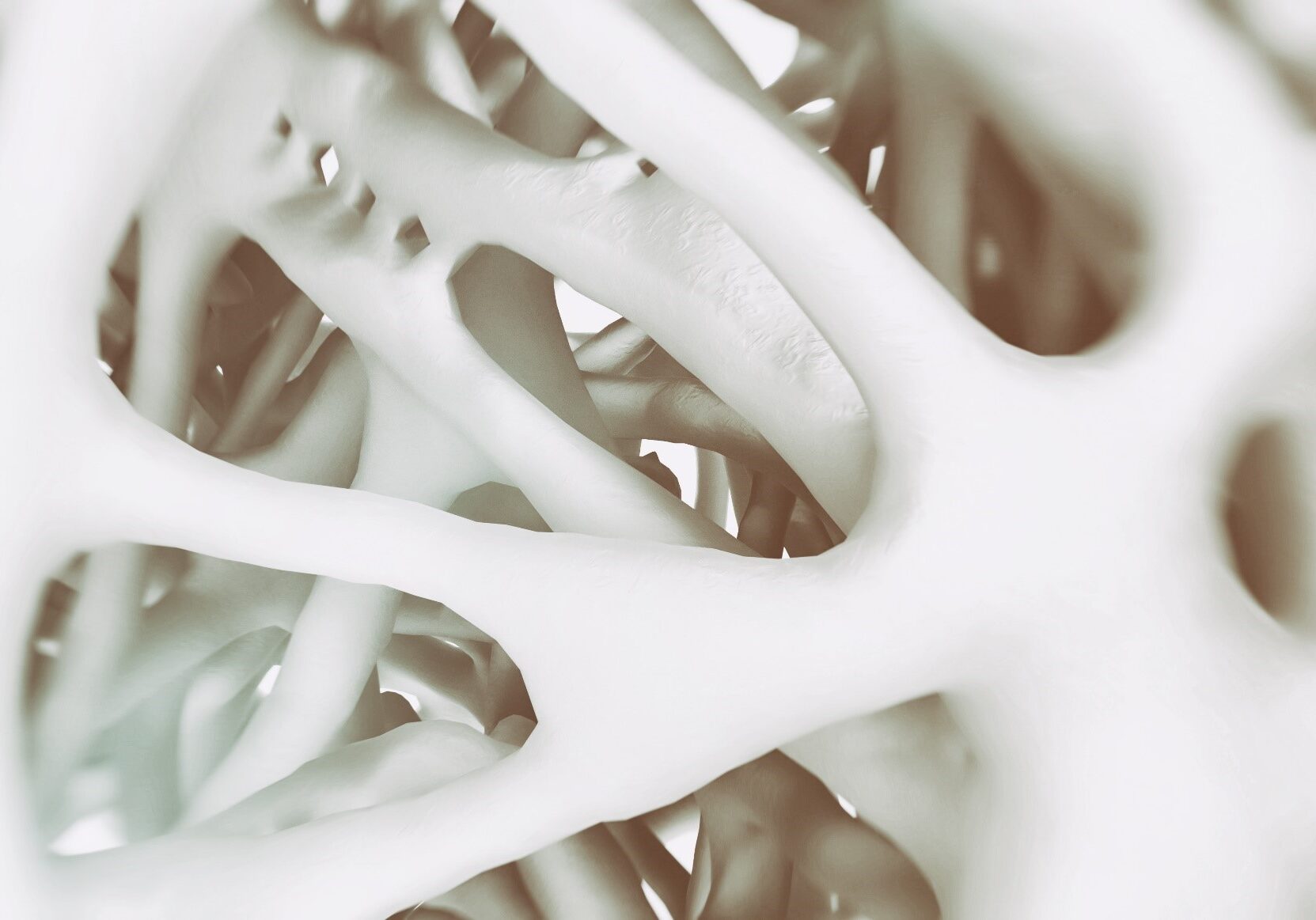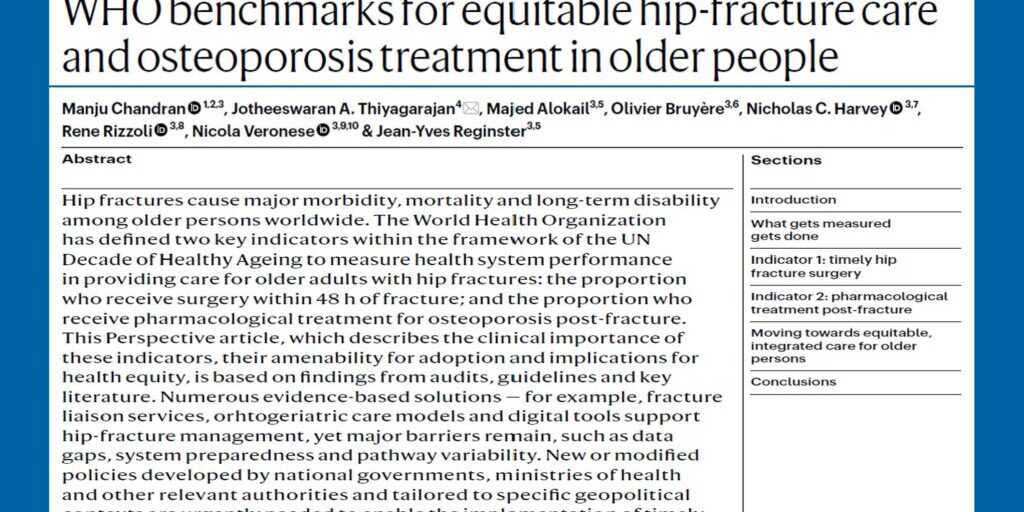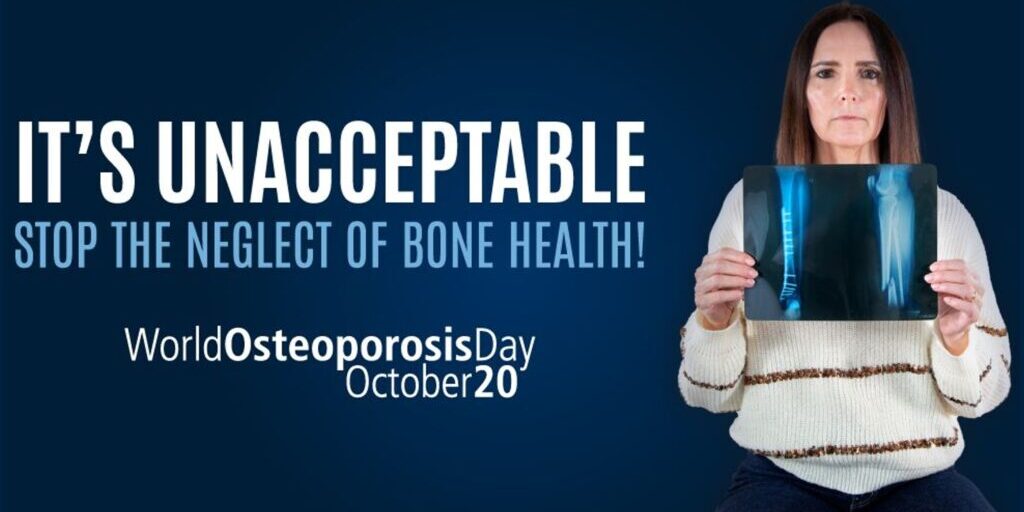The importance of peak bone mass in prevention of osteoporosis
We are living much longer than what we did half a century ago. The average increase in life expectancy compared with even the middle part of the 20th century, is nearly 20 years. There are of course, pros and cons to living longer. However, it is important to remember that there is a progressive decline in bone mass as part of the aging process. Hence a two decade increase in life expectancy translates into living long enough for the bone mass to go below fracture threshold!
The process of bone mass acquisition starts in utero. Bone mass reaches its maximum (Peak Bone Mass – PBM) by the age of 25-30 years. A steady, slight decline occurs from about the age of 30 in women, with transient dips occurring during pregnancy and lactation. There is a 3-5 per cent decrease in the perimenopausal years, and in the first 3-5 years of menopause. In men, the decrease in bone mass is slower and occurs at a later age. If the person had a low peak bone mass to begin with, the aging process further compounds it.
The pregnant mother’s nutritional intake in terms of calcium and Vit D, has a positive effect on the bone mass of the newborn. If childhood is free from major illness, and the individual has a balanced, healthy diet, bone mass progressively increases, with a steep increase after puberty. Genetic and environmental factors influence PBM. Males have a larger PBM compared to females due to various reasons. Intercurrent illnesses, some endocrine disorders such as hyperthyroidism, and the use of certain drugs such as steroids, may contribute to individuals having a lesser PBM than their genetic potential.
Dietary habits and taste for food develop during the formative years. Hence, it is important that children are educated about proper nutrition and things to avoid. There is an unfortunate notion among parents at least in some societies, that childhood is the period for eating anything and everything. It is pointless lamenting about bad eating habits after we have inculcated them in our children! Both plant and animal sources of protein, in the right quantities, can improve bone health. Calories in a sufficient amount should be taken. Fad food diets should be avoided. Thin persons (BMI < 18 Kg/m2) are at a high risk of developing osteoporosis at an early age, as they often do not achieve the expected PBM.
Milk and dairy products are important sources of calcium, and should be a part of the diet unless there is lactose intolerance. Fortification of milk and food items with vitamin D should be part of public health policy. Outdoor activities and weight bearing exercises are equally important in increasing bone mass in adolescents. Tobacco, alcohol, excessive salt intake, excessive caffeine, and junk food are well known bone toxins that should be avoided. Drugs known to reduce bone mass should be used judiciously, whenever indicated.
Prevention of osteoporosis begins with individuals achieving PBM as per their genetic potential. No further increase in bone mass occurs naturally after the third decade. This is very much akin to a large balance in one’s retirement fund – you must survive the remaining years of your life on it, without any additions to the balance! Once you develop osteoporosis, it is next to impossible without pharmacotherapy, to increase bone mass sufficiently enough to significantly decrease fracture risk.
An ounce of prevention is better than two pounds of cure!
Professor Manoj Chadha, Hinduja Hospital and Research Centre, Mumbai, India






